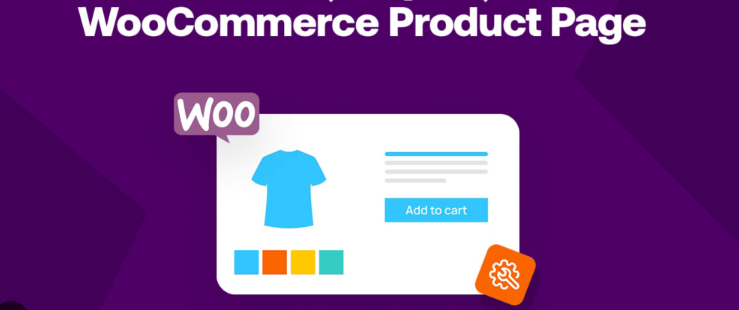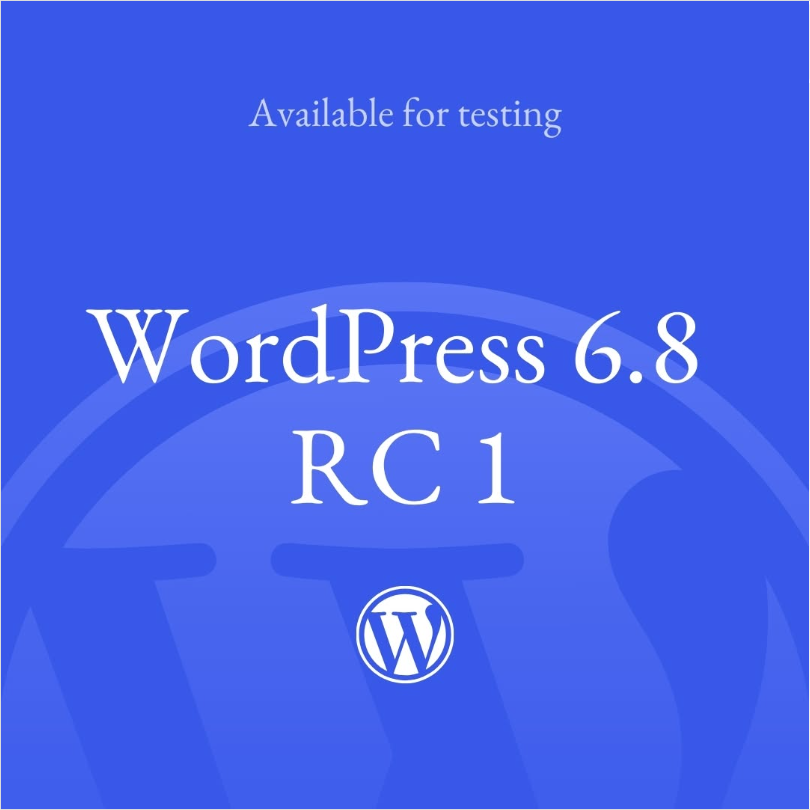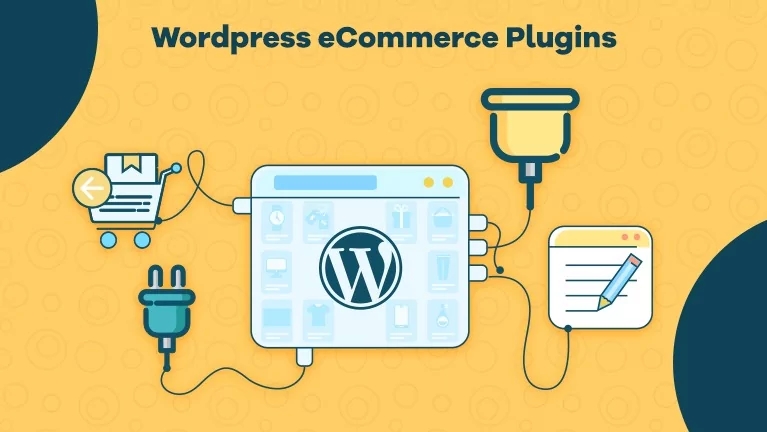Whether it's a cross-border e-commerce business, an international content blog, or the official website of a SaaS product, theplug-in translationTools (Web Translation Widgets) can help users quickly achieve automatic translation and provide visitors with a localized experience. The three most mainstream translation platforms on the market are:Google Translate, DeepL and Bing Translations. Who among them is more suitable for website plugin translation? In this article, we will make an in-depth comparison in terms of translation quality, supported languages, integration methods, pricing policy, usage limitations and so on.
![Image [1] - Website Translation Tools Comparison: Which one is better for Google Translate, DeepL, Bing Translate?](http://gqxi.cn/wp-content/uploads/2025/07/20250709092547700-image.png)
I. Comparison of translation quality
1. Google Translate
As one of the earliest translation tools to enter the market, Google Translate has obvious advantages in corpus, Neural Machine Translation (NMT) and data accumulation, and supports more than 130 languages. It performs stably in translating general-purpose content (e.g. news, product introductions, etc.), but there is still room for improvement in terms of grammatical details and contextual coherence.
2. DeepL
![Image [2] - Website Translation Tools Comparison: Which one is better for Google Translate, DeepL, Bing Translate?](http://gqxi.cn/wp-content/uploads/2025/07/20250709092755544-image.png)
DeepL is rapidly gaining popularity with its near human translation quality. It is especially good at translating between English and European languages (e.g. German, French) with precise semantics and natural expressions, making it the first choice for high-quality content such as official corporate websites and professional blogs.
However, it currently only supports about 30 languages, and translates Asian languages (such as Chinese and Japanese) with ordinary results, which is suitable for websites with mainly European and American users.
3. Bing Translator (Microsoft Translator)
![Image [3] - Website Translation Tools Comparison: Which one is better for Google Translate, DeepL, Bing Translate?](http://gqxi.cn/wp-content/uploads/2025/07/20250709093004652-image.png)
Bing Translation is supported by Microsoft, and the translation quality is between Google and DeepL. It is more accurate in handling formal content such as technical documents and UI interfaces, and is especially good at translating non-Latin languages such as Chinese and Arabic. Although it also adopts AI translation, it is a little bit hard to express natural expressions in daily language, which is suitable for scenarios that need to take into account both multi-language support and a certain degree of accuracy.
Summary:
Recommended for statements seeking a natural flow DeepL
Google Translate is recommended to cover multi-language markets (e.g. Asian languages).
For terminology and language diversity, consider Bing Translations!
II. Number of supported languages and regional coverage
| flat-roofed building | Number of languages supported | Asian language support | localization capacity |
|---|---|---|---|
| Google Translate | 130+ | unyielding | comparatively strong |
| DeepL | 30+ | (following a decimal or fraction) slightly less than | general |
| Bing Translations | 100+ | moderate | comparatively strong |
Google Translate covers the widest range of languages and is suitable for users with global access to the site
DeepL For websites with predominantly European users
Bing Translations balances linguistic variety with technical translation
III. Integration approach and technology interface
Google Translate Widget
Google Internet company An official website translation widget was available, but has now been discontinued for new users. It is now recommended to customize the integration through the Google Cloud Translate API, which supports JavaScript Forms such as embedding and translation buttons are more flexible and suitable for sites with development capabilities.
DeepL API
![Image [4] - Website Translation Tools Comparison: Which one is better for Google Translate, DeepL, Bing Translate?](http://gqxi.cn/wp-content/uploads/2025/07/20250709100229486-image.png)
DeepL provides professional APIThe website has a wide range of features and functionality, including support for JavaScript, PHP, and WordPress plugin integration, which enables web and document translation. There is no free embedding tool, but it can be used through third-party plugins (e.g. Polylang + DeepL Pro) for websites that value translation quality.
Bing Translation API
![Image [5] - Website Translation Tools Comparison: Which one is better for Google Translate, DeepL, Bing Translate?](http://gqxi.cn/wp-content/uploads/2025/07/20250709101713273-image.png)
Bing Translator provides the Translator Text API through Microsoft Azure, supporting REST interface calls for Microsoft ecosystem users. The official widget has also been taken offline, but can be flexibly customized with translation buttons or integrated services through the Azure platform.
Summary:
For those who don't know how to code, you can choose Google Translate with an off-the-shelf plugin.
Enterprise sites and developers are advised to use the DeepL API to create a customized experience
Websites Using Microsoft Cloud Services Prioritize Bing Translations
IV. Pricing Strategies and Restrictions on Use
| flat-roofed building | free quota | Fee collection mechanism | Commercial Use License |
|---|---|---|---|
| Google Translate | 500,000 words per month | $20/1M from character | permissible |
| DeepL | There is no free version of the API | From €4.99/month + character billing | Business Pro subscription required |
| Bing Translations | 2M characters per month free | Excess is billed on a per call basis | permissible |
Google Translate's free amount is suitable for small and medium-sized websites to test use
DeepL No free APIs for budget-conscious, quality-conscious organizations
Bing Translations are free and great for budget-sensitive startups
V. Summary of recommended usage scenarios
| Usage Scenarios | Recommended Platforms |
|---|---|
| Cross-border e-commerce (multilingual coverage) | Google Translate |
| Official corporate website (high demand for translation quality) | DeepL |
| Tech Sites/Microsoft Eco Sites | Bing Translations |
| WordPress Quick External Translation | Google Translate + TranslatePress plug-in (software component) |
VI. Conclusion
Select SiterenderingThere is no standard answer for tools, and the key depends on your specific needs. Google Translate is suitable for websites that need to cover multiple languages around the world, and has the best cost-effectiveness; DeepL is better in terms of translation quality, and is especially suitable for scenarios pursuing professional expression; and Bing Translate is seamlessly integrated with the Microsoft ecosystem. It is recommended to test it on a small scale first and choose the most suitable solution according to the actual results to optimize the multilingual experience of your website.
Link to this article:http://gqxi.cn/en/66429The article is copyrighted and must be reproduced with attribution.

























![Emoji[jingya]-Photonflux.com | Professional WordPress repair service, worldwide, rapid response](http://gqxi.cn/wp-content/themes/zibll/img/smilies/jingya.gif)






No comments